- Home
- Military & Defense
- The F-35's turbulent march to combat readiness is far from over - here's everything that's wrong with it
The F-35's turbulent march to combat readiness is far from over - here's everything that's wrong with it
Software delays

The F-35's turbulent march to combat readiness is far from over - here's everything that's wrong with it
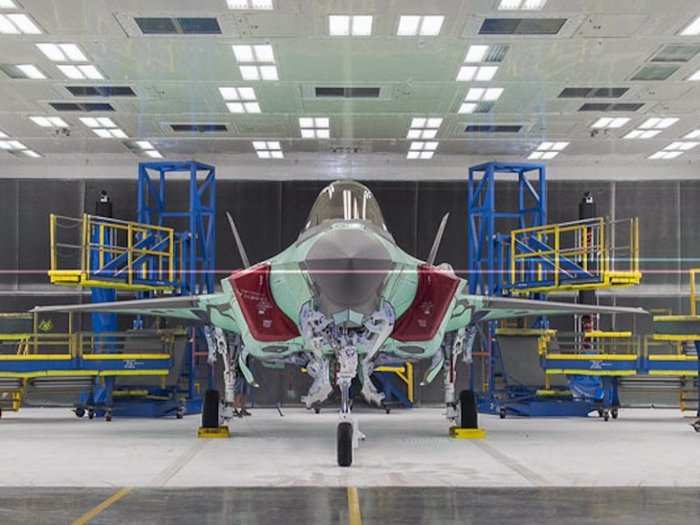
The 2BS5 software package, which deals with sensors, also continues to run into difficulties. According to the report, "fusion of information from own-ship sensors, as well as fusion of information from off-board sensors is still deficient.
The Distributed Aperture System continues to exhibit high false-alarm rates and false target tracks, and poor stability performance, even in later versions of software."
Most recently, the F-35 program is expected to miss a deadline for releasing the Block 3F software upgrade. Missing the deadline will likely mean that the F-35 won't be ready for its July 2017 deadline.
In short, if the code fails, the F-35 fails.
F-35B fuel tank redesign
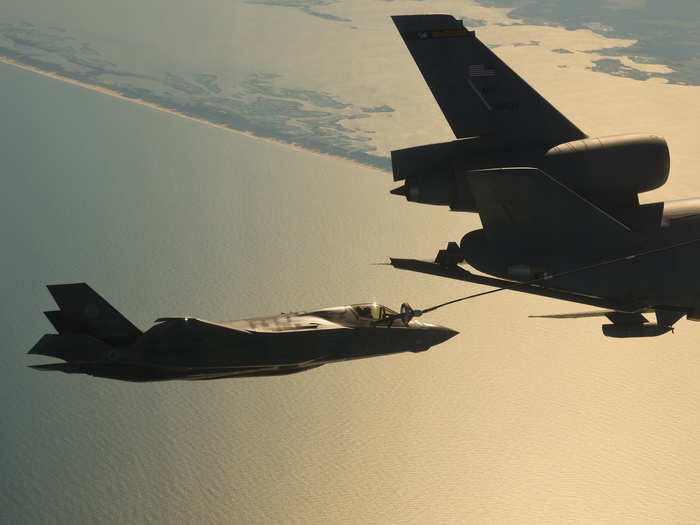
The F-35B was given a redesigned fuel tank ullage inerting system for the fuel systems simulator – in English, this is the part of the plane that prevents potentially explosive interactions of oxygen and gasses in the aicraft's fuel tanks and intake.
Further tests showed that the redesigned system had problems in aircraft integration that would require further hardware and software modifications.
Lightning protection
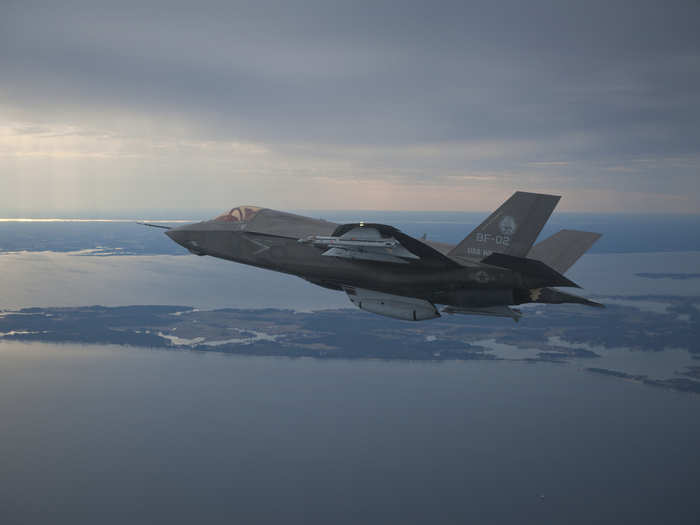
The F-35B did not maintain "residual inerting after flight for the required interval of 12 hours, which is a lightning protection requirement."
In other words, the plane would be vulnerable to lightning strike if it were forced to fly twice in a 12-hour span, unless the fuel tanks were frequently "purged" with "external nitrogen."
That's apparently an unacceptable additional layer of maintenance. If a solution is not found, F-35Bs will require the development of alternate lightning protection methods.
Flight control problems
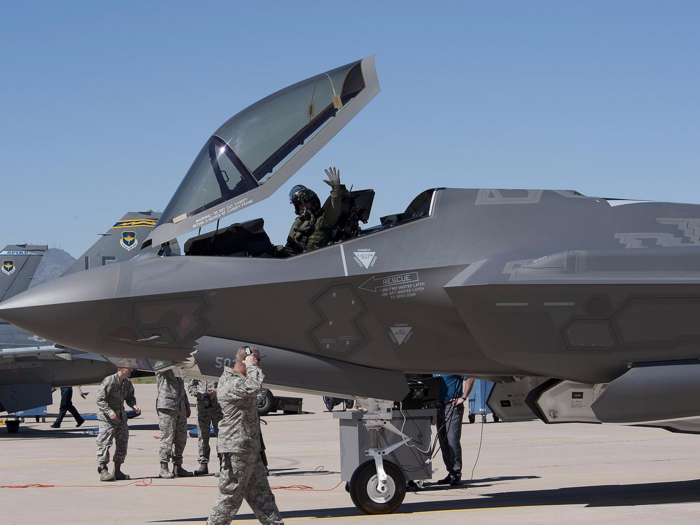
The F-35B encountered difficulties carrying out attacks at certain angles during intense aerial conditions due to a degradation in the flight control system as missions progressed.
Helmet display issues
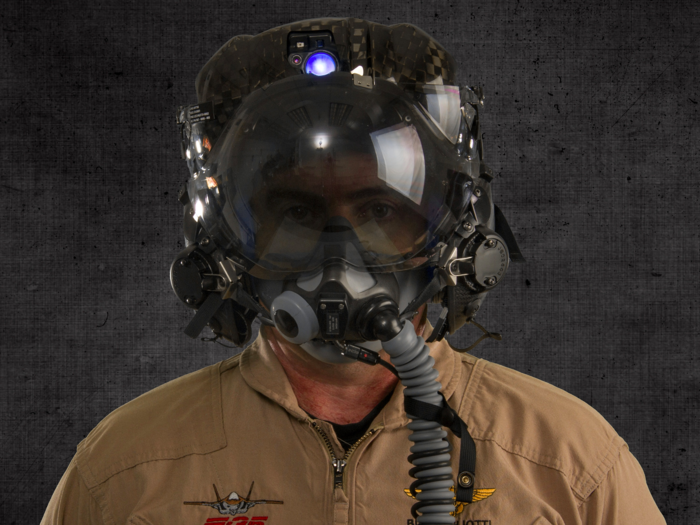
Onboard testing on the F-35C revealed problems with the helmet, which is designed to display critical information related to the aircraft.
During basic offensive and defensive maneuvers, the conditions negatively effected the display, a problem that could have "the greatest impact in scenarios where a pilot was maneuvering to defeat a missile shot."
Each helmet costs over $400,000, and has suffered from issues during its development. The helmets also suffer from a green glow problem associated with its night vision abilities.
Unreliable components
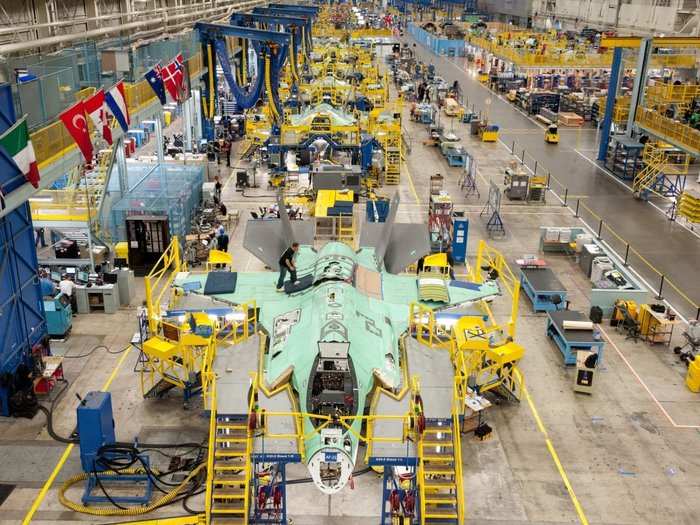
The F-35 has a number of components that require maintenance more frequently than desired.
According to the Pentagon report, all variants have reliability issues with their avionics processors, landing gear tires, thermal management systems, ejection seat assemblies, cockpit display electronics unit, helmet display units, seat survival kits, igniter-spark in the turbine engines, and on-board oxygen generating systems.
The unreliability of these systems increases maintenance time and costs on an already expensive plane.
The Automatic Logistics Information System (ALIS) aka the F-35's IT backbone
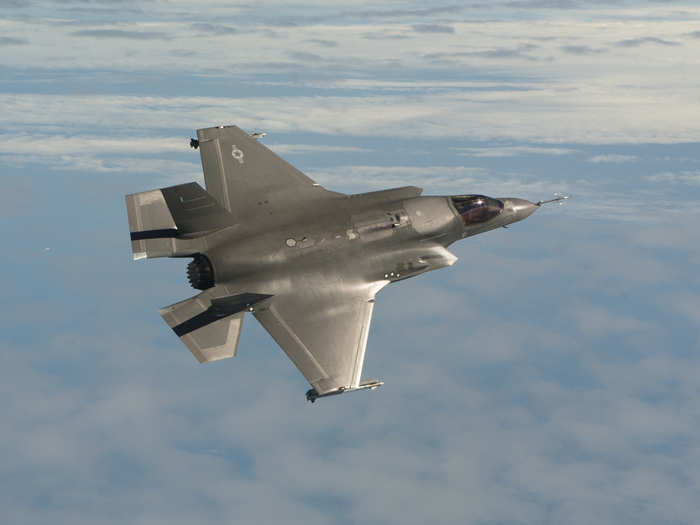
ALIS is the IT backbone of the F-35. The software monitors all operations within the aircraft and provides information to pilots and ground personnel about any issues arising within the plane.
According to the report, "ALIS is behind schedule, has several capabilities delayed or deferred to later builds, and has been fielded with deficiencies."
Some of these deficiencies include misrepresenting the health of F-35 aircraft. The system, which is brought on board the F-35 in flight, has also gone beyond the approved size, bulk, and weight.
Faulty ejection seat
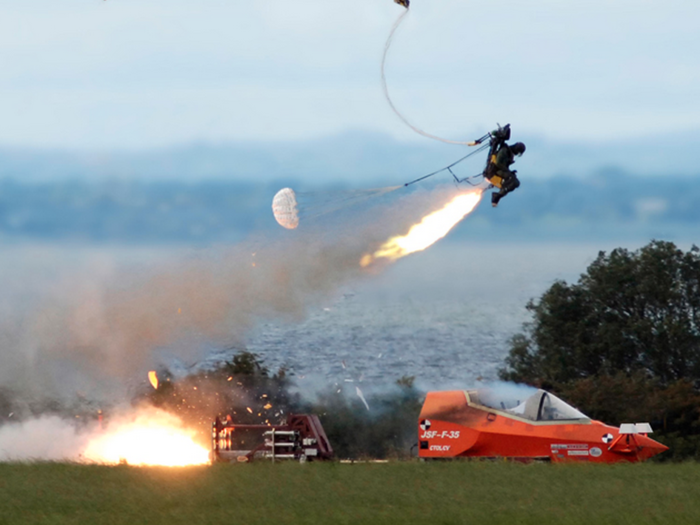
The current ejection seats within the F-35 could potentially cause fatal injuries to pilots below a certain weight.
Low speed ejection tests have snapped the necks of dummy pilots; in response, the Pentagon has suspended all pilots weighing less than 136 pounds from flying the aircraft.
Additionally, the combination of the ejection seat's forward rotation combined with the weight of the F-35's helmet could deliver a "serious-level risk" of fatal whiplash to pilot's under 200 pounds, according to a written statement from an unnamed senior Air Force official.
Advanced weapon delays
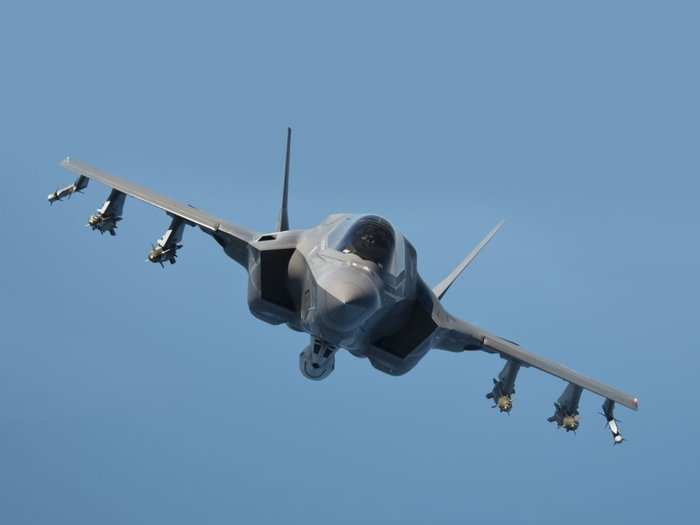
Due to design oversights, the F-35B will not be able to carry one of its most advanced weapons until 2022.
The plane was designed to carry eight Small Diameter Bomb IIs (SDB II); however, the plane's interior weapon's bay can actually only fit four of the bombs.
Additionally, the SDB II was meant to be made software compatible with the plane in the Block 4 software release — but that software upgrade has been pushed back until 2022.
This makes the plane currently unable to use its advanced bomb.
The SDB II is a next-generation precision-strike bomb that was meant to dovetail with the F-35 program. The bomb would allow pilots to strike a target from 40 miles away with complete precision.
Unable to dogfight
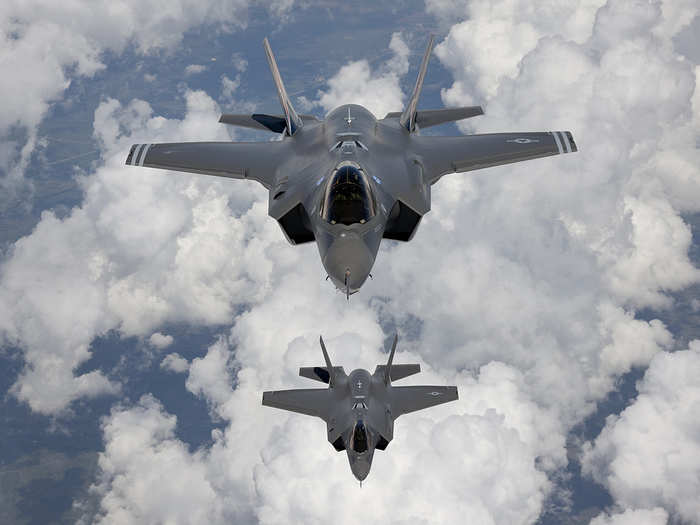
The F-35, during a series of mock dogfights against a rival F-16, was found to be at a serious disadvantage in terms of maneuverability and energy use.
Planes make use of kinetic and potential energy to effectively carry out maneuvers — a plane with less energy is less capable of fighting well and would find itself at a distinct disadvantage against faster and nimbler opponents.
During the dogfight, the F-35 was found to be at a disadvantage at both prosecuting and avoiding attacks from the F-16. Ideally, though, the F-35 would not be in a scenario in which it would have to engage in dogfights due to its stealth and standoff weaponry.
The F-35's turbulent march to combat readiness is far from over - here's everything that's wrong with it

Chief of Naval Operations Adm. Jon Greenert said in a February 2015 speech that "stealth may be overrated."
Greenert believes that an overreliance on stealth could cause major problems in future wars, as he believes that stealth can only progress so far compared to advances in sensory technology.
"What does that next strike fighter look like?" Greenert said during the speech in Washington.
"I'm not sure it's manned, don't know that it is. You can only go so fast, and you know that stealth may be overrated ... Let's face it, if something moves fast through the air, disrupts molecules and puts out heat — I don't care how cool the engine can be, it's going to be detectable. You get my point."
Popular Right Now
Advertisement